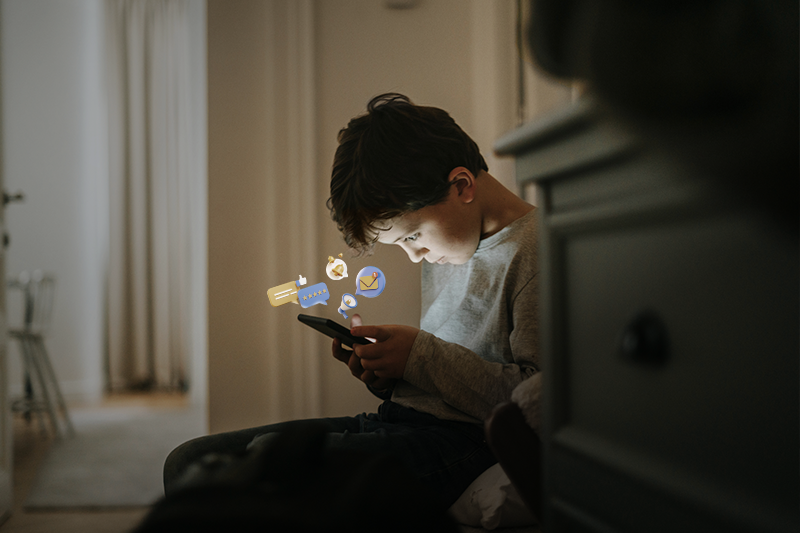The digital threats putting students at risk are constantly evolving. In response, the Department for Education (DfE) regularly updates its guidance to make schools, colleges and MATs aware of new online risks they need to address.
In this series, Smoothwall provides quick guides to digital risks included in DfE guidance, to help educators keep up with the changing safeguarding landscape.
This article covers misinformation and disinformation. Learn what these terms mean, how they pose a risk to students, and what settings can do to protect their communities and comply with DfE guidelines.
Misinformation and disinformation in DfE guidance
Keeping Children Safe in Education 2025
Paragraph 135:
“The breadth of issues classified within online safety is considerable and ever evolving, but can be categorised into (...) content: being exposed to (...) misinformation [and] disinformation (including fake news).”
Relationships Education, Relationships and Sex Education (RSE) and Health Education Statutory Guidance [for introduction 1st September 2026]
Secondary curriculum content:
Page 19: “[Students should learn] How to counter misinformation, including signposting towards medically accurate information and further advice.”
Page 28: “How to be a discerning consumer of information online, understanding the prevalence of misinformation and disinformation online, including conspiracy theories.”
What are misinformation & disinformation?
Misinformation refers to false information that is created and shared by mistake. In other words, the original creator and publisher believes the information to be accurate. For example, a post on social media claiming that an earthquake occurred, when in fact the tremors were caused by nearby building works, is misinformation.
Disinformation is false information that is created and promoted to intentionally deceive people. It is usually spread by those with a specific motive, for example, to discredit a rival politician.
How do they pose a risk?
Exposure to misinformation and disinformation can have a wide range of negative impacts on students.
Misinformation can affect students’ academic performance. This occurs when they assume false information to be correct and include it in their school work. It can even harm them physically - for example, if they follow extreme diets or unsafe supplements touted by online influencers.
As disinformation is designed to manipulate, its effects can be particularly sinister. Fake news about an impending threat to the country, for instance, could cause students to feel unsettled, anxious and scared.
Disinformation spread about particular minority groups can lead students to develop prejudices and distorted world views that are hard to dismantle. Social media algorithms tend to solidify such perspectives, by steering users down rabbit holes of further unreliable information. This risks eroding young people’s trust in established authorities, making them susceptible to conspiracy theories and increasingly extreme views.
How can students be protected from misinformation & disinformation?
- Educate students on the risks of mis and disinformation
It’s important for students to understand that online content can be skewed, misleading or completely false. The development of critical thinking skills can bolster students’ ability to identify mis and disinformation, and they should be encouraged to fact check and question the legitimacy of sources when consuming content. - Address unfounded or dangerous perspectives in a non-judgemental way
If students are already being influenced by mis or disinformation, it’s important to address it sensitively and without judgement. Dismissing their views can have the undesired effect of pushing them to further embrace dangerous sources promoting disinformation. Similarly, if they have fallen prey to misinformation, they may feel embarrassed when presented with the truth. In both cases, open conversation should be encouraged, so students feel comfortable revealing their sources. - Identify mis and disinformation using digital safeguarding tools
Websites and pages known to promote mis or disinformation can be added to web filter blocklists, to prevent students from accessing the content. Digital monitoring systems may also be able to flag interactions with mis or disinformation, such as students discussing content that is misogynistic or racist. This can enable teachers to identify its existence early and prevent it from being shared further.
Learn more about protecting students from digital risks
If you have any questions about misinformation and disinformation, or any other risks highlighted in DfE guidance, contact our digital safety experts at enquiries@smoothwall.com. They’re happy to help.

.jpg?width=800&name=iStock-627855766%20(1).jpg)



